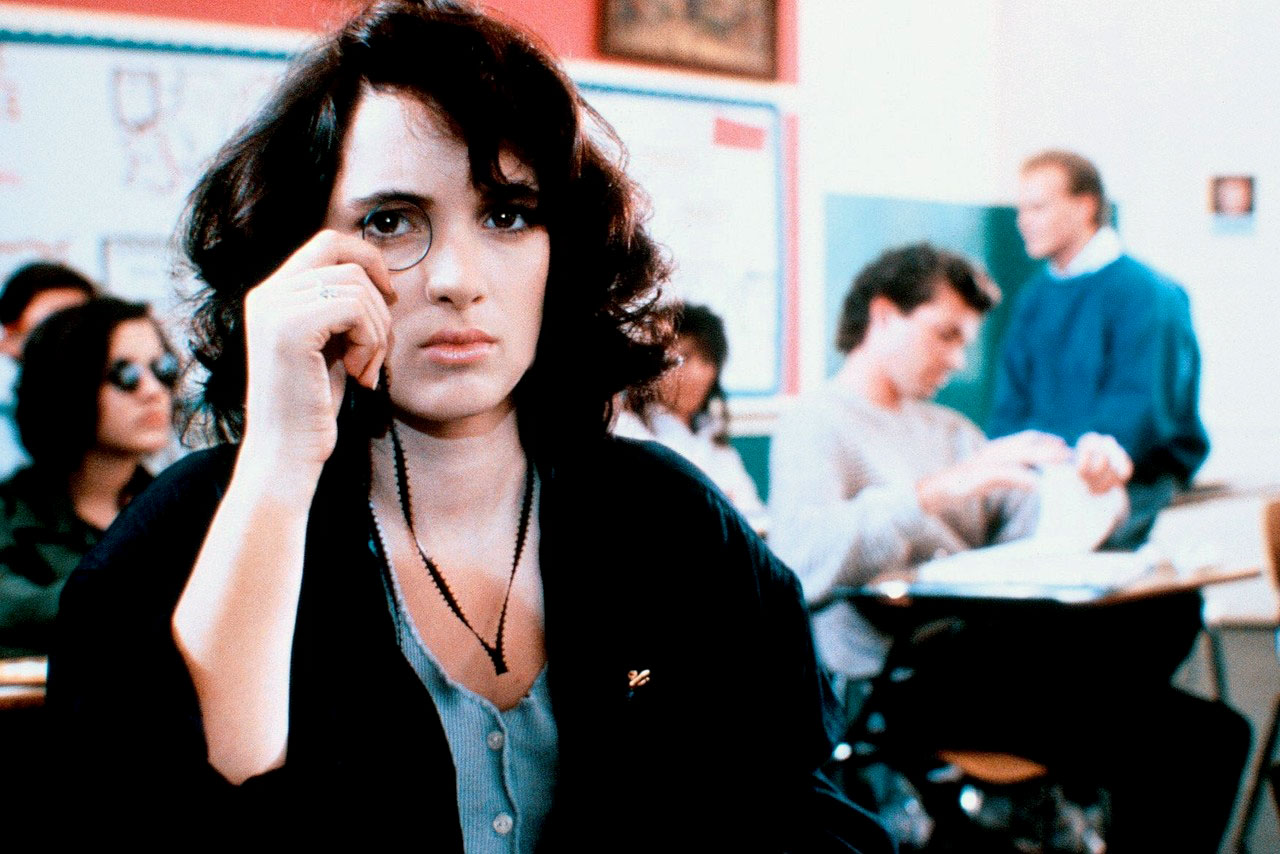
Generation X was perhaps the first to be hassled in their twenties by mass media buzzwords predicting their failure. The irony (something they loved) was that they contributed a wealth of innovative cinema that made the 90’s the most transformative era in film since the much heralded 70’s. Pretty good for so-called “slackers”.
Perpetually forgotten yet resourceful, they forged their own path of cynicism and D.I.Y. films that often defied convention. Raised by baby boomers, they made concerted efforts to avoid ending up like them. “Selling out” could be a fate worse than death. Yet even studio films reflected and shaped Generation X’s experiences. Here are just ten of the many culturally significant films from a bygone era of lazing about in coffee shops and overanalyzing Saturday morning cartoons.
1. The Breakfast Club (1985)
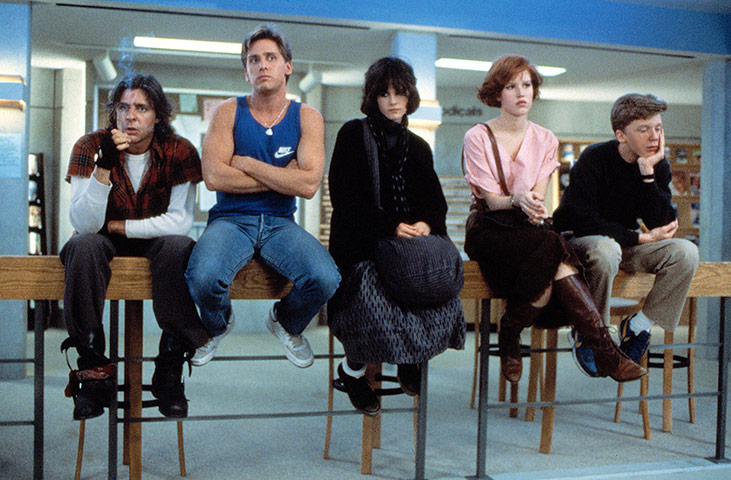
It’s very likely that the John Hughes classic “The Breakfast Club” was the first major film to allow Generation X to embrace their teenage angst. Five students – a snobby popular girl, a rebel, an introverted goth, a jock, and a nerd – all discover they do not live up to their stereotypes when forced to spend Saturday detention together. The strength of its message and star-making performances from its charismatic cast made a film of teens mostly just sitting around and talking a groundbreakingly relatable experience. One could draw a line from this film’s claustrophobic, dialogue-heavy premise and much of Generation X’s contributions to the indie boom of the 90’s.
The characters think they are at odds with each other because they are from vastly different backgrounds and cliques only to learn they all have a common enemy in adults. Parents and other authority figures, including one of the most troubling school principals in film history, label them as much as they label each other. It’s a taste of what their generation would experience when they are branded “slackers” by boomer-run media in the following decade. The characters challenge authority that labels, abuses, or ignores them by banding together and refusing to define themselves through a disingenuous essay assignment. It was the first major cinematic stone thrown at baby boomers. And if generation wars aren’t your thing, it has also inspired a lot of 80’s dancing homages.
2. Do the Right Thing (1989)
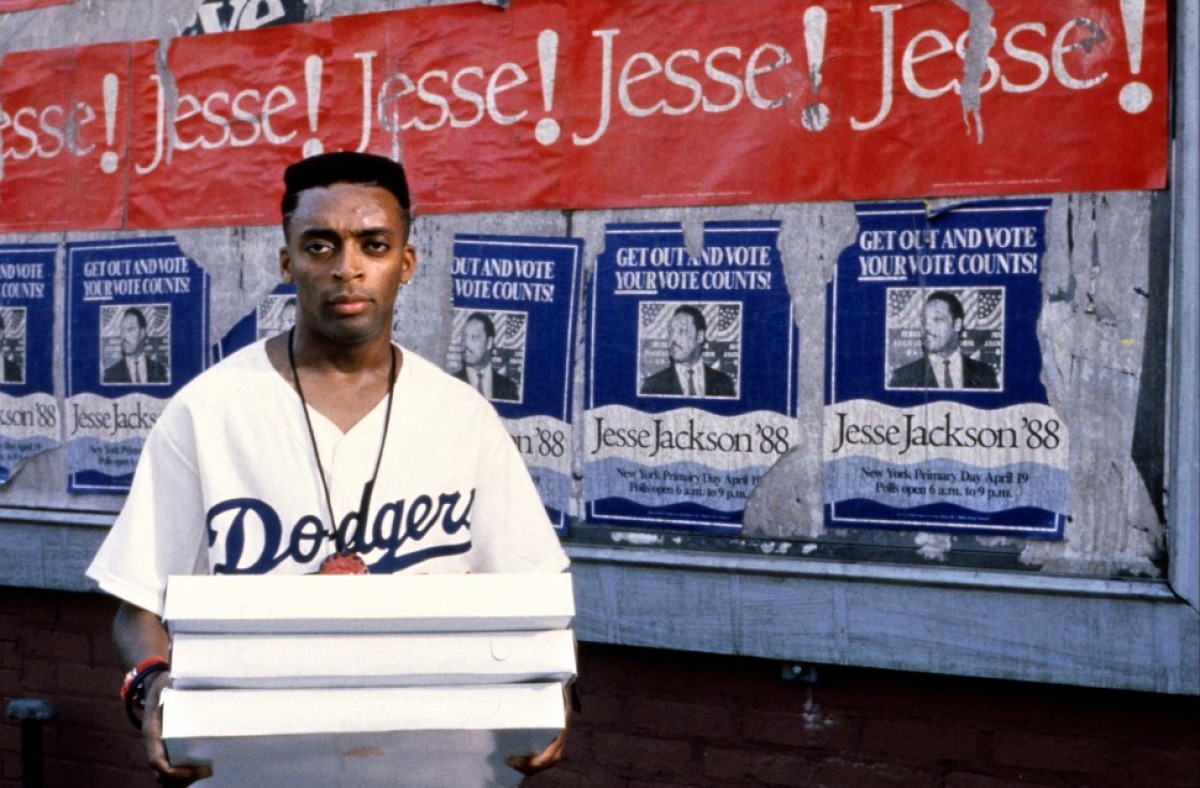
The more things change for white twenty-somethings, the more they stay the same for the young and black. The idea that the crisis within Spike Lee’s “Do the Right Thing” makes it the least dated film on this list is a testament to that.
The film follows one extremely hot day in Brooklyn where a passive pizza delivery man deals with frustrated neighbors, racist co-workers, and his disappointed girlfriend. The tension mounts until a murder at the hands of law enforcement sends a stressed multi-ethnic community over the edge. The ending, deemed controversial by some, has become a Rorschach test for how we see race relations in America.
In conjunction with its social commentary, the film brims with an in-your-face style as if to announce that a new era of filmmaking had arrived. From the Rosie Perez dance opening to Samuel L. Jackson’s radio DJ narration and all the intense Dutch angles, there are many vibrant ways Lee shows the neighborhood. The use of symbolism – the boiling heat and Radio Raheem’s rings – help set the stage for a mostly ordinary day in a small community to become veiled discourse on centuries of oppression.
“Do the Right Thing” served as an unofficial warning of the 1992 Los Angeles riots, a major cultural moment for Gen Xers of color.
3. Slacker (1990)
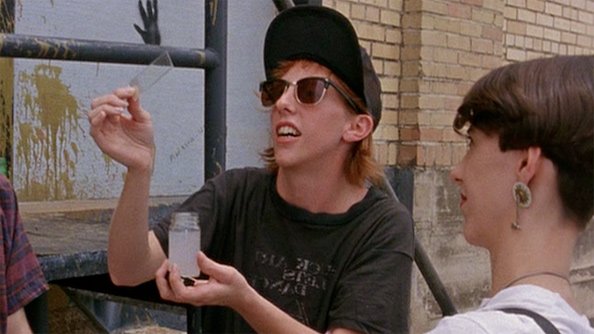
When people say “Keep Austin weird”, the weirdness they are referring to is the basis of “Slacker”. The film is a plotless but enthralling collection of conversations between arty types, eccentrics, and the outright mentally ill. If you love a talky movie, it is definitely a must see. If you lack the patience, then you’re probably too busy to be a slacker. If you’re a conspiracy theorist, you probably are “Slacker” considering the film spotlights more conspiracy theories than a whole year of tabloids.
The film begins with a monologue about by filmmaker Richard Linklater himself, setting up the dreamlike quality of the long takes of seamless street discussions that comprise its entire run time. The discussions are often philosophical, a signature present throughout Linklater’s filmography. Others are political or even environmental. The greenhouse effect and disappointing elections come up to pique a 2020 viewer’s interest, making them wonder what the last thirty years were for. And then there are a lot of segments that seem to function mostly as cringe porn, including a frontrunner for the most unexpected Madonna reference you will ever find.
On its surface, it’s an ode to every conversation we ever wanted out of, but it meant something to Generation X. It embodied a fresh and free approach to film, the D.I.Y. ethos that was inspiring so many other creatives. Kevin Smith has cited “Slacker” as a catalyst for the making of his own Gen X master work “Clerks”. To these fans, it was not a movie where nothing happened. It was a movie that could let nothing happen.
4. Heathers (1989)
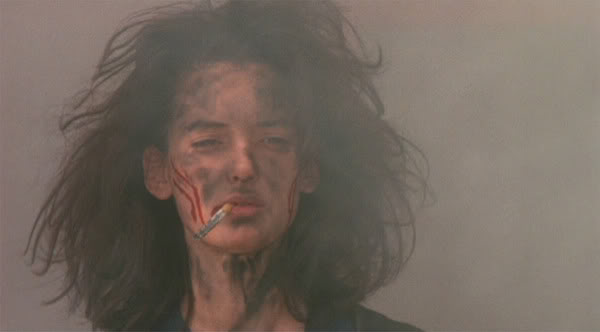
As one of the darkest and most satirical teen comedies of all time, Heathers sucked the sentimentality out of everything Generation X learned about cliques from “The Breakfast Club”. Amongst a friend group of rich and hateful teen girls all named Heather, Veronica searches for a rebellion against her shallow existence. She becomes involved with a psychopathic boy who tricks her into murdering everyone they hate. In Gen X style, it dives into darkness without leaning on a preachy message. Its philosophy is to mock a search for meaning but still let humanity, regardless of how vapid and cruel it may be, live.
And, make no mistake, the world of “Heathers” is a microcosm of a socially barbaric society exaggerated to campy levels. It is often noted for the savage and quotable language it invented, taking “gag me with a spoon” to new heights with “f*** me gently with a chainsaw.” Much of the comedy arises from the way people mourn – privately, and more importantly, publicly as spectacle to detract from real suffering in an uncaring world. It also dresses down misguided views on teen suicide that distribute a simplistic brand of depth to all involved, straddling the line between respecting and glorifying. It shows its own inherent humanity in doing this but remains fun for all who like to wade in fictional darkness.
5. Trainspotting (1996)
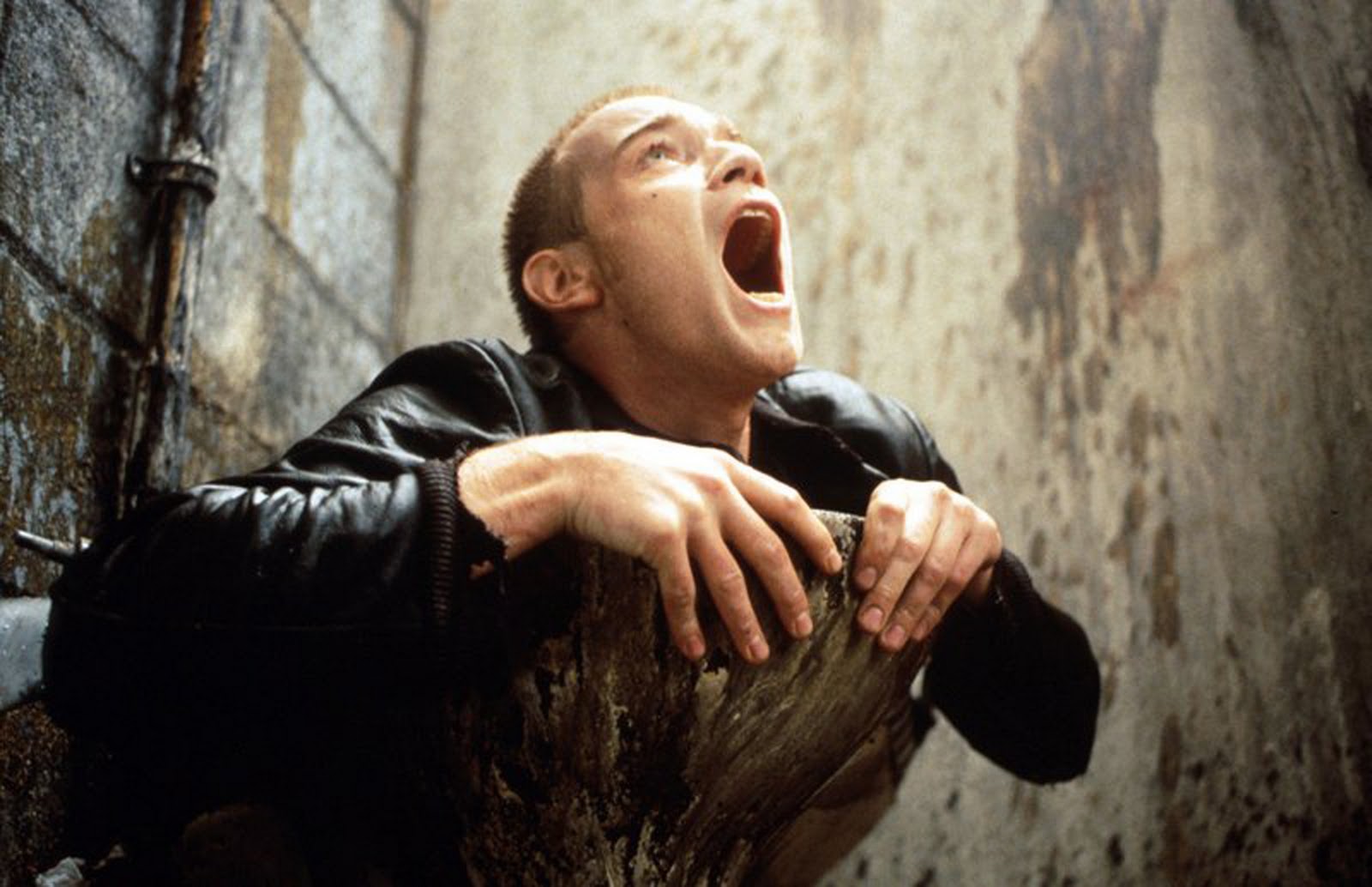
Many of the generation’s slackers found themselves contemplating whether to “choose life”, the lives that were expected of them. Renton, the protagonist of Danny Boyle’s international hit “Trainspotting”, follows a harrowing path to this decision.
The visually surreal 90’s classic looks at heroin addiction through the aimless hangouts and tragedies of young, heroin addicted men in a dreary Scottish town. The film removes the “heroin chic” veil from drug abuse without heavy-handedly diminishing the cheap high that keeps the characters addicted. While it doesn’t glamorize drugs in an empty way, it also doesn’t swap out exciting, youth-oriented style in favor of gritty melodrama. It in no way sugarcoats the pain, poverty, and crime inherent in the story. It’s still required viewing that the squeamish will definitely still need to prepare for. However, what separates “Trainspotting” from films with similar subject matter, for instance “Requiem of a Dream”, is its often fast-paced and darkly comic framing of its events. It was a mature and bleak drama for the MTV generation.
Which finally brings us to the soundtrack. Featuring cool and detached hipster hits of both the 70’s and 90’s, it has a place in every Gen Xers music collection. “Trainspotting” is remarkably music-driven and its most memorable sequences have forever attached themselves to the songs they feature.